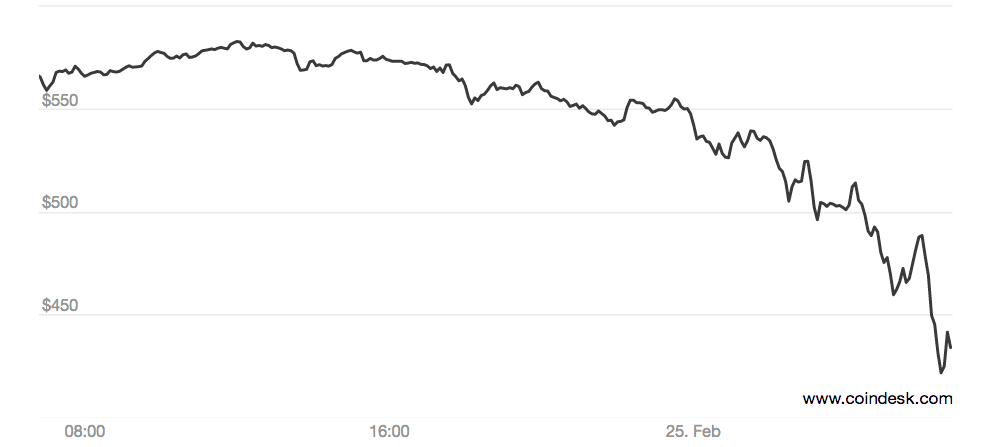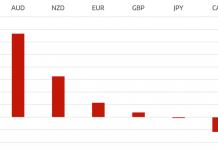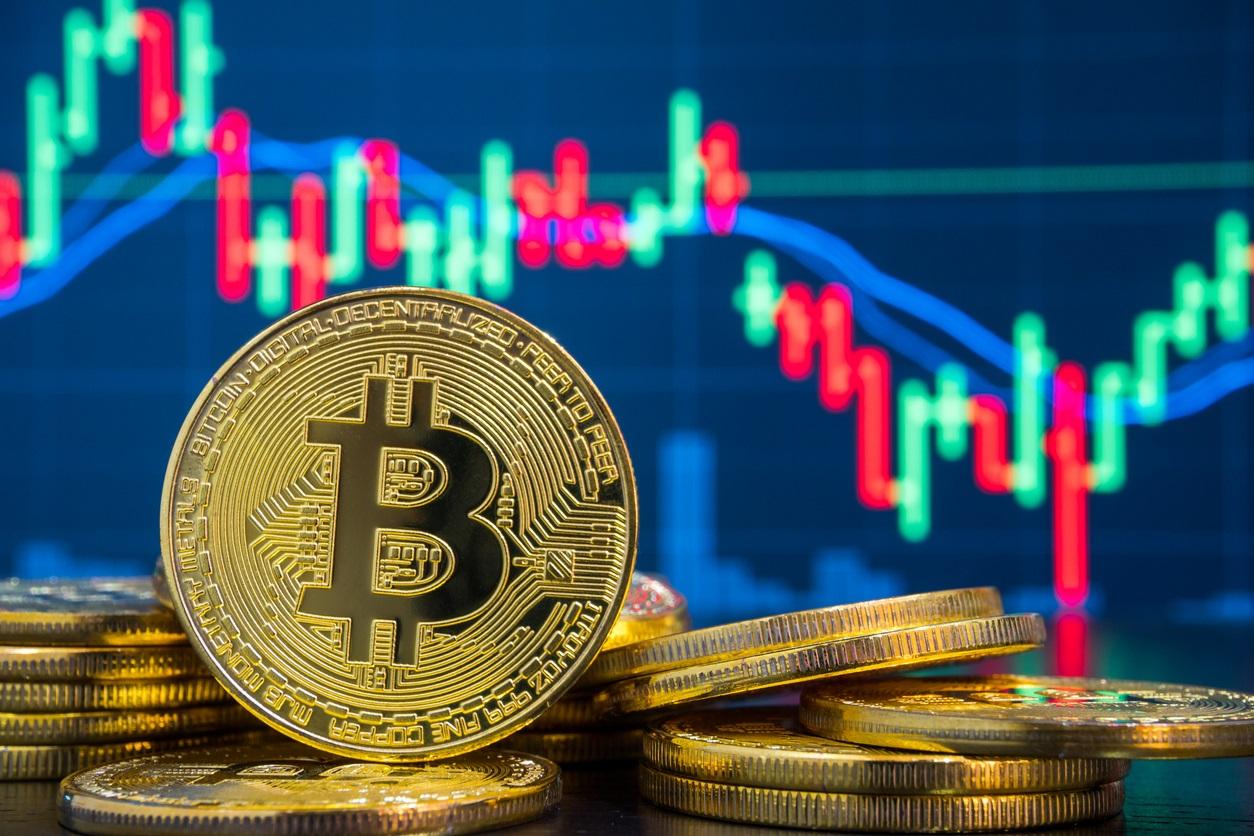Bitcoin has hardly been out of the news recently, first with its meteoric rise in value to over $1,000, and then with the bans in China and Russia and the hack attacks on major exchanges. They say that there is no such thing as bad publicity, and there is no doubt that more people are aware of Bitcoin and the concept of digital currencies than ever before. If you still aren’t sure what all the fuss is about, this TedX talk on the topic of digital currencies should prove very illuminating.
However, there is no doubt that events such as the security breaches that caused the closure of Mt. Gox and several other Bitcoin exchanges have dented public confidence in the digital currency.
The bans in Russia and China have been seen by many as setting a precedent for governmental resistance to non-fiat currencies, which could prove to be a substantial stumbling block on the road to their eventual mainstream acceptance. To a large extent, the massive rally in the value of Bitcoins was driven by speculation that the crypto-currency was on the verge of entering the mainstream, with the use of it as an alternative currency by Cypriots in the wake of the banking crisis, and its increasing use in countries such as China and Russia, appearing to lend it a new degree of legitimacy.
Bitcoin-mania Gathers Pace
At the peak of Bitcoin-mania, Bitcoins were trading for over $1,200 apiece – quite a remarkable rise from the price of $13 at the beginning of 2013. Basically, it was the biggest investment story of all time, and throughout the entire history of investing, very few assets could be said to have appreciated by over 8,000% over the course of a calendar year. The snowballing hype behind this new form of currency – or virtual commodity, depending on your point of view – seemed to be driving prices inexorably upwards.
If you believed everything you heard about it, the market disruption brought about by Bitcoin was going to render credit cards and other online payment platforms completely redundant, and could even take monetary controls out of the hands of central banks and governments. The Winklevoss twins, famed for suing Mark Zuckerberg for taking their HarvardConnect business idea and turning it into Facebook, got involved with the establishment of a bitcoin-based ETF and a payment processor called BitInstant, and later claimed that the value of Bitcoins could soar as high as $40,000.
For much of the second half of 2013, it looked as though all these prophecies might be fulfilled. However, the China ban saw the bubble burst in spectacular style in December, and within a week or two, Bitcoins had shed half their value. Further bad news in early 2014 saw the currency fall further, and only this week rumours of another major hack attack saw prices tumble once again.

With Bitcoin values seemingly in a death spiral, many have predicted that the end of Bitcoin may be in sight. Crucially, there are several seemingly unresolvable structural issues with Bitcoin that could spell its demise, or at least a return to virtual irrelevance. In the next instalment, we shall be looking in detail at some of the factors that have led to the recent Bitcoin collapse, and the wider issues that may need to be addressed by the next generation of digital currencies if they are to attain mainstream acceptance.
Tradersdna is a leading digital and social media platform for traders and investors. Tradersdna offers premiere resources for trading and investing education, digital resources for personal finance, market analysis and free trading guides. More about TradersDNA Features: What Does It Take to Become an Aggressive Trader? | Everything You Need to Know About White Label Trading Software | Advantages of Automated Forex Trading









































